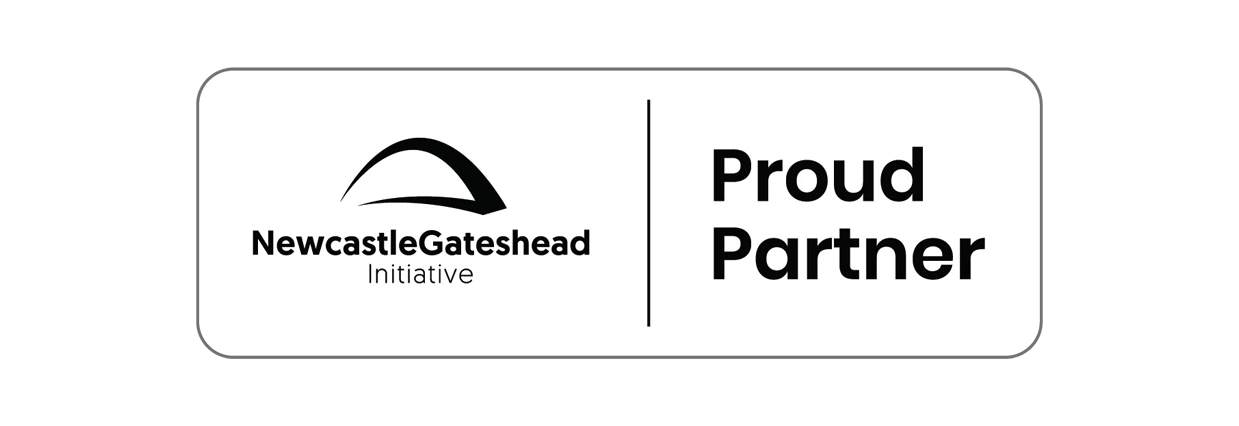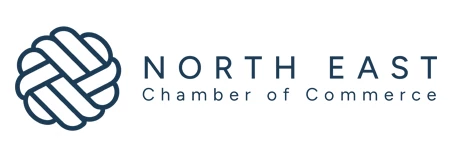Partner Article
Understanding the Business Use of Data Analytics
Businesses have access to more data than ever. Every day 2.5 billion gigabytes of data are created. According to IDC, in 2020 the world will generate 50 times the amount of data it did in 2011 and 75 times the number of information sources. For a large enterprise, big data may be in the petabytes or more, while for a small or mid-size enterprise, data volumes that grow into tens or hundreds of terabytes can become challenging to analyse and manage.
However this data is only really powerful if people can extract meaning from it. Organisations are drowning in a sea of data from websites, infrastructure logs and sensors, and ecommerce velocity gives less time to interpret and act on information. In quick fire markets where high-pressure decisions have to be made very rapidly, the challenge is how to capitalise upon this data proliferation, in order to quickly analyse information and identify actionable insight that can add value to the business.
The answer lies in data analytics. There’s a new breed of software today that facilitates the use of interactive, visually stunning graphic representations to rapidly see and understand data. Visual analytics is the process of turning data into a graphical representation, such as a chart, graph or map, so business users can instantly see and understand trends. If one variable is changed, the graphic also changes—making it easier for people to explain the story their data is telling them, in real-time.
The point is, it’s easier for business users to understand data when they see it visually. People think visually, and when they see and understand their data, it can be acted upon quickly. Furthermore, with the right tools anyone at any level of a business can do it, without the need for a PhD in statistics or initiation into some high priesthood of data science. This is increasingly important as the rising tide of information dictates that every employee – not just those with “analyst” in their titles – has to be familiar with data analysis, whereas traditionally business analytics products were built to centralise and control data, not democratise it. As a result, the majority of companies stumble through Escher-like spreadsheets to work around inflexible business systems or are reliant on data specialists just to answer basic questions.
There is no power in that approach. The power lies in giving people the ability to think, act and deliver. Providing self-service data analytics empowers employees, enabling everyone in the business to find their own insights to increase their performance and productivity. As a result, employees start to drive their organisations forward in ways that senior management could never anticipate.
Indeed, organisations that make better use of data in the decision-making process tend to be more successful. The deployment of analytics software can be used to spot trends and outliers, identify find cost savings, drive efficiencies, and pinpoint areas for innovation. Companies that rate themselves ahead of their peers in their use of data are also three times more likely to rate themselves as substantially ahead in financial performance. Therefore the ability for business users to visualise data is not simply nice to have, it is critical for success in today’s competitive marketplace. Without it, a business will simply have warehouses of data but no data intelligence, and as a result, will likely to fall behind.
This was posted in Bdaily's Members' News section by James Eiloart .








 A year of resilience, growth and collaboration
A year of resilience, growth and collaboration
 Apprenticeships: Lower standards risk safety
Apprenticeships: Lower standards risk safety
 Keeping it reel: Creating video in an authenticity era
Keeping it reel: Creating video in an authenticity era
 Budget: Creating a more vibrant market economy
Budget: Creating a more vibrant market economy
 Celebrating excellence and community support
Celebrating excellence and community support
 The value of nurturing homegrown innovation
The value of nurturing homegrown innovation
 A dynamic, fair and innovative economy
A dynamic, fair and innovative economy
 Navigating the property investment market
Navigating the property investment market
 Have stock markets peaked? Tune out the noise
Have stock markets peaked? Tune out the noise
 Will the Employment Rights Bill cost too much?
Will the Employment Rights Bill cost too much?
 A game-changing move for digital-first innovators
A game-changing move for digital-first innovators
 Confidence the missing ingredient for growth
Confidence the missing ingredient for growth